Nep Tan in Tu Le commune is among the top varieties of sticky rice in the country. According to the elders here, no other place can grow this type of rice and produce fragrant, sticky rice like in Tu Le valley.
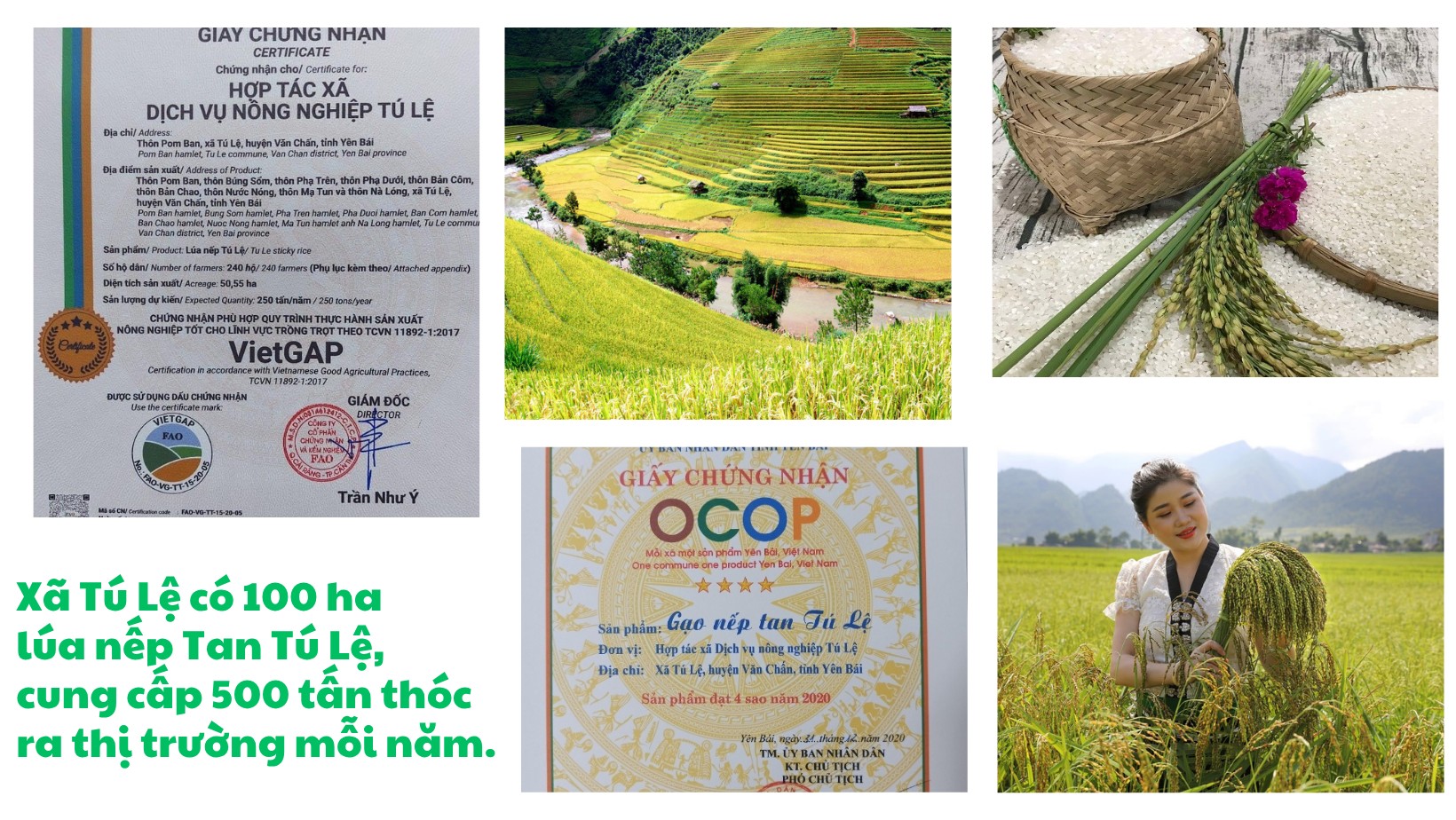
Tan sticky rice is delicious because it is grown in a geographical location nestled between three high mountains, so the temperature range during the day is large, the night is longer than the day; on a rare soil, thin weathering layer, high potassium concentration, and watered by Ngoi Hut and Nam Lung springs; the soil structure is loose, permeable to water and the climate is fresh, favorable for the natural growth of rice plants. It is also due to the careful preservation of precious rice varieties, the meticulous care from planting to harvesting in a safe direction by the Thai people here.
These days, from early morning, farmers in Tu Le sticky rice area have been eagerly going to the fields. For about 5 years now, Tan sticky rice has been cultivated organically by the majority of people, not only safe for the health of producers and consumers, but also bringing in much higher income.
Ms. Hoang Thi Lien in Na Long village shared: Tu Le sticky rice has low productivity, only 40-42 quintals/ha, but the selling price is quite high. Last crop, her family earned more than 18 million VND.
It is known that Ms. Lien's family has 5 sao of rice fields, and they grow the native Tan glutinous rice variety every crop season. Ms. Lien is also one of 200 households that cooperate with Tu Le Agricultural Service Cooperative to produce according to the cooperative's standards and the cooperative guarantees to buy their products at a price of 20 - 25 thousand VND/kg, 2 - 7 thousand VND/kg higher than the average price of rice.
"We are "guided by hand" to carry out the production process in a safe manner, from monitoring methods, diary keeping, production accounting, labor safety instructions and methods of managing the use of plant protection drugs..." - Ms. Lien added.
Products are sold at high prices and are stably consumed. Tu Le farmers have converted to commodity production, paying attention to care and improving productivity by applying scientific and technical advances.
The local government has also invested in infrastructure construction, stabilizing irrigation for the production area and preserving the quality of native varieties; accompanying the people to form a concentrated production area of Tu Le sticky rice with an area of over 100 hectares as of now. 50% of this area is produced in a closed process from the seed stage to production linkage, product purchasing for processing, packaging and selling to consumers.
Tan Tu Le sticky rice products have been very positively received by consumers. In the coming time, the commune will continue to encourage and guide people to expand the safe sticky rice material area according to the value chain, applying advanced technologies to ensure that the products when reaching consumers are of high quality, clean and safe.
Not only Tu Le sticky rice area, but also other specialty rice areas in Lao Cai province are currently being developed in a similar direction, clearly demonstrating the participation of enterprises, the State and farmers.
Accordingly, local authorities have focused on guiding and encouraging people to change their production habits towards commodities, applying scientific and technological advances to create conditions for large-scale production linkages. Along with that, creating conditions for the establishment of enterprises, cooperatives, agricultural cooperatives, quick and convenient access to support sources to promote potential in land, finance, science and technology to develop the market, closely and effectively participate in the roadmap for building agricultural product brands.
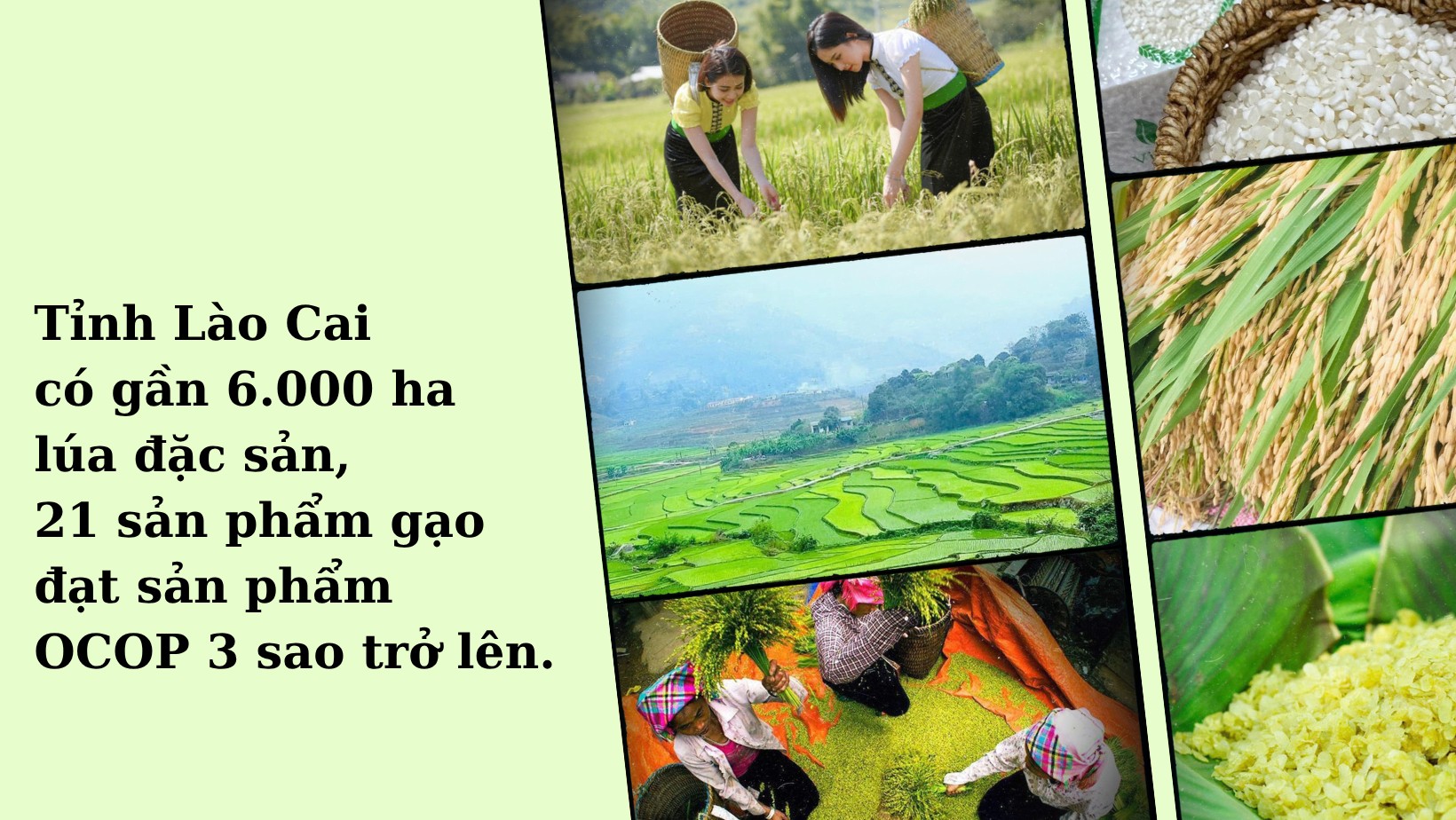
Up to now, Lao Cai province has nearly 6,000 hectares of specialty rice, typically including: Seng Cu rice growing area in the communes and wards of Ban Xeo, Nghia Lo, Khao Mang, Muong Khuong, Trinh Tuong... with an area of over 3,000 hectares; Khau Tan Don sticky rice area in Duong Quy commune with an area of 90 hectares; Lao Mu sticky rice area in Lam Thuong commune with an area of 60 hectares; Chiem Huong area on the single-variety field of Dai - Phu - An with an area of over 500 hectares; Khau Meo and Khau Nam Xit rice areas in Bac Ha and Ban Lien communes with an area of 457 hectares...
Basically, the province has paid attention to establishing intellectual property rights for all specialty rice areas, strengthening trade promotion activities, advertising, and bringing local rice products to large markets. Enterprises and cooperatives have also effectively participated in forming and maintaining value chain linkages, improving rice products in many aspects, both in terms of quality, form, design, and packaging.
The whole province currently has 21 rice products that have achieved 3-star OCOP products or higher, not to mention products processed from specialty rice varieties, such as: sticky rice, banh chung, banh giay, com, wine... These products have all completed packaging, logos, labels, and traceability, and have been positively received by consumers nationwide.
Ms. Pham Thi Hao, Director of Hao Anh Agricultural Cooperative, Lao Cai Ward, shared: In 2022, the Cooperative has 2 products that have achieved 3-star OCOP, which are Seng cu rice and Seng cu brown rice. Not stopping there, the Cooperative continues to upgrade products, organize production in a closed chain from production to consumption and trading of products; support seeds, fertilizers, technical processes and purchase Seng cu rice products for people.
The cooperative has built a raw material area with over 60 households growing Seng cu rice according to VietGAP standards, creating safe products for consumers' health, contributing to helping people increase their income, feel secure in production, and preserve local rice varieties. The products have been Supply to many supermarkets, agents, large distribution companies. In 2025, the two products of Seng cu rice and Seng cu brown rice of the Cooperative were upgraded to 4-star OCOP.
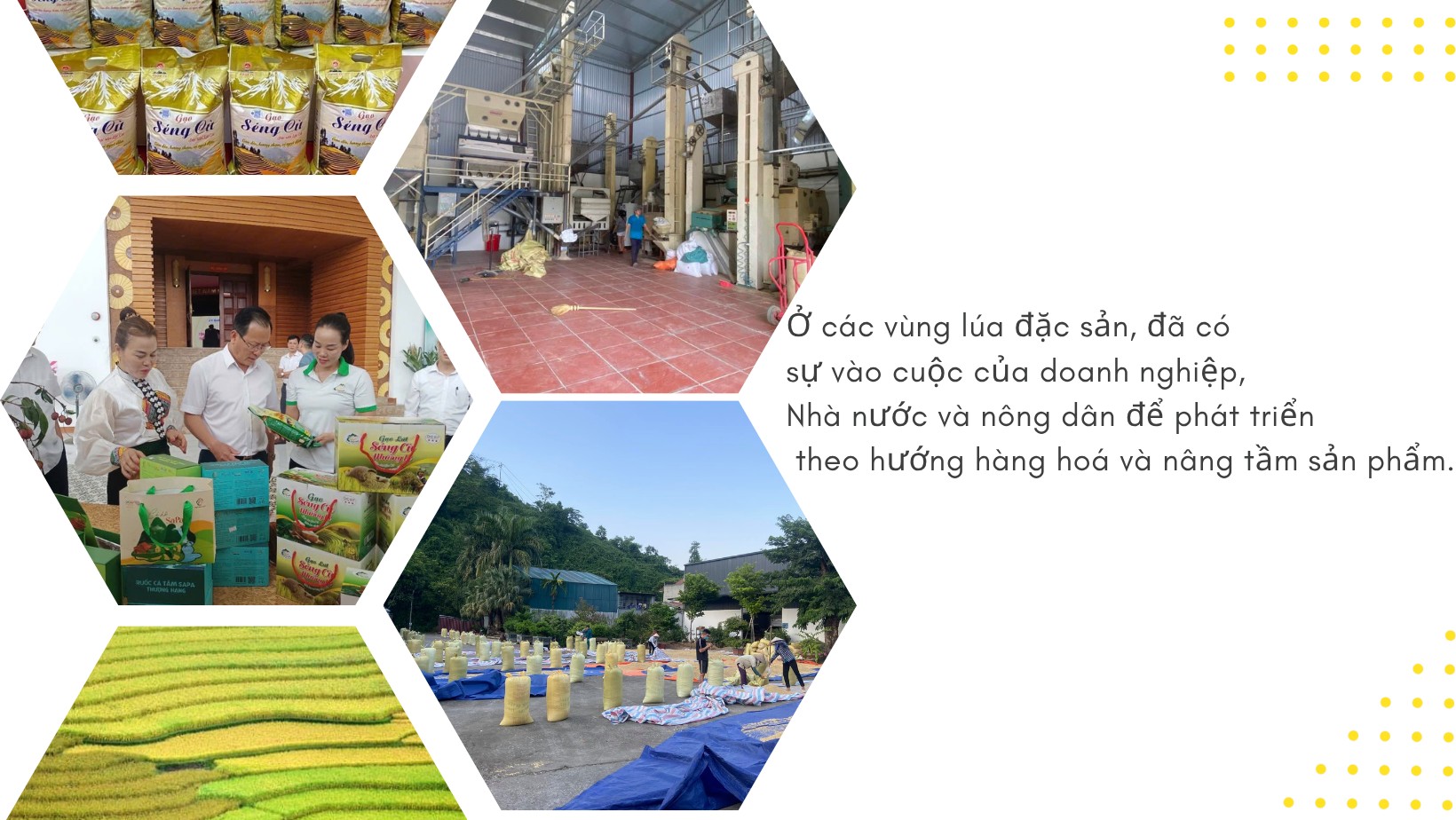
Some units have boldly invested in and introduced modern machinery systems into the production process, such as: milling machines, dryers, color sorters... Mr. Cao Xuan Dien, Director of Tien Phong Cooperative in Ban Xeo commune, said: The cooperative has invested more than 1 billion VND in a modern rice milling line, capable of automatically removing defective and black-headed grains; classifying grains with a light-technology separator helps reduce rice breakage and make the grains more even, keeping the nutritious bran layer for packaging and supplying the market with products that ensure high quality and appearance.
It can be affirmed that the merger of Lao Cai and Yen Bai provinces means the merger of two famous "rice granaries" of the Northwest region with diverse varieties and types and unique cultural colors of each land and each ethnic group.
That potential is the basis for the province to take strategic steps in the coming time, optimizing resources, combining the quintessence of national traditions with science and technology, planning larger, more synchronous specialized rice production areas, meeting more market segments. From here, Lao Cai specialty rice can confidently become a regional agricultural brand, proudly bringing the flavor of the Northwest to all regions of the country.
Source: https://baolaocai.vn/ve-mien-gao-dac-san-post648885.html




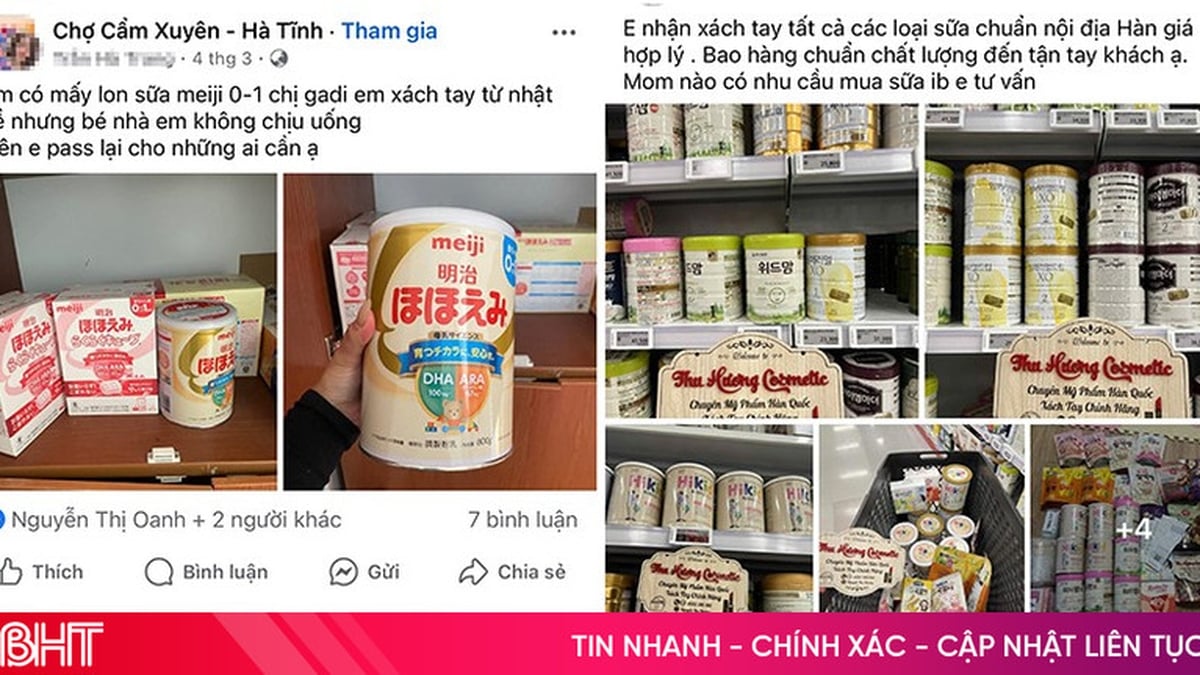


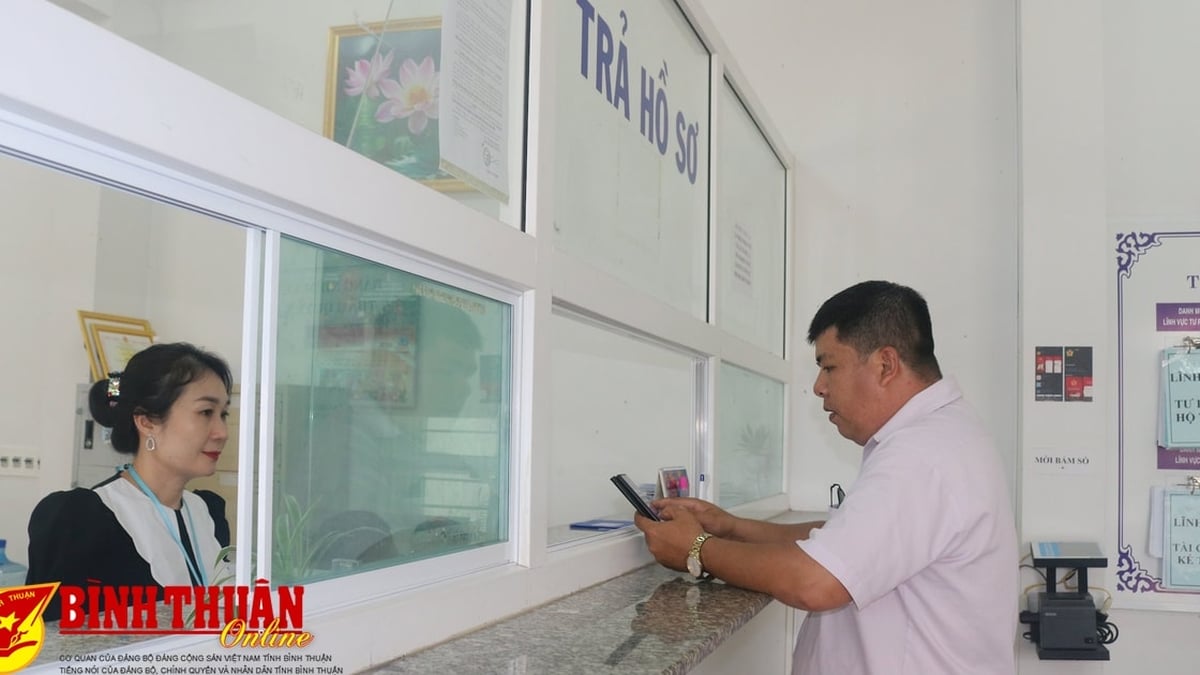


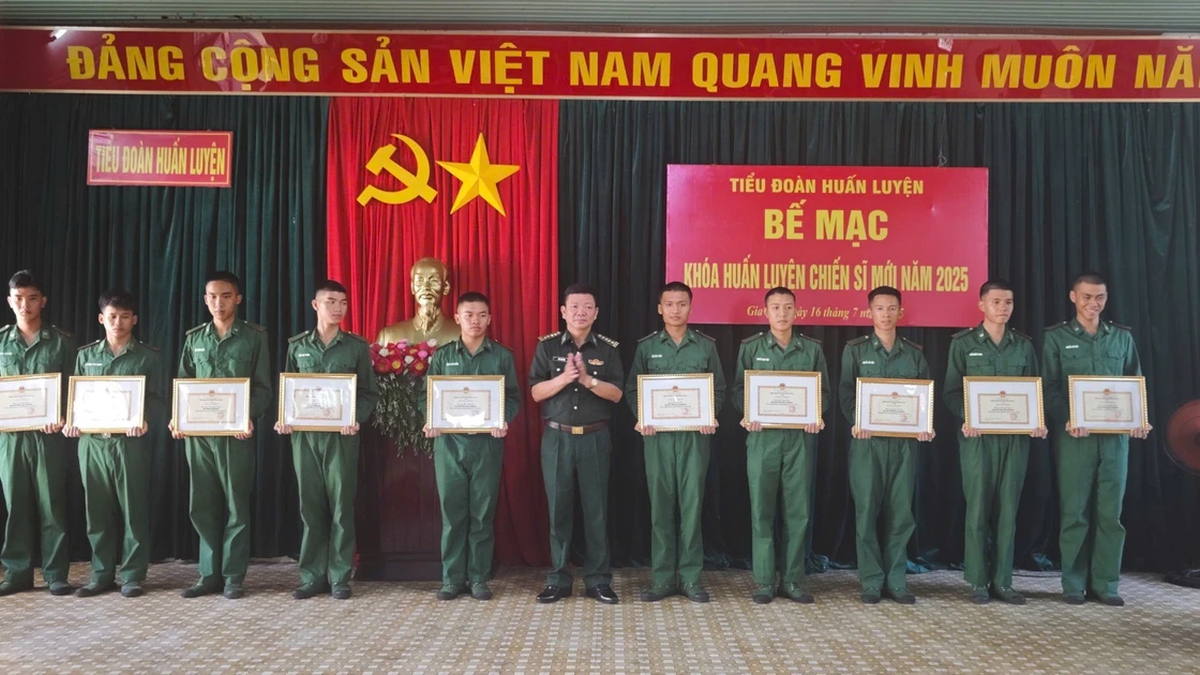









































![[Maritime News] More than 80% of global container shipping capacity is in the hands of MSC and major shipping alliances](https://vphoto.vietnam.vn/thumb/402x226/vietnam/resource/IMAGE/2025/7/16/6b4d586c984b4cbf8c5680352b9eaeb0)













































Comment (0)